Figures & data
Table 1. Raindrop size distributions extracted from the literature.
Fig. 1. (a–c): WRF (dash line) and CAMx (solid line) domain setting. Blue dots and red numbers represent the locations of the ground-based PM2.5 observation station and precipitation observation station, respectively. ‘SZ’ represents Shenzhen, ‘HK’ represents Hong Kong, ‘HZ’ represents Huizhou, ‘DG’ represents Dongguan, ‘ZS’ represents Zhongshan, ‘ZH’ represents Zhuhai, ‘JM’ represents Jiangmen, ‘ZQ’ represents Zhaoqing, ‘GZ’ represents Guangzhou, and ‘FS’ represents Foshan.
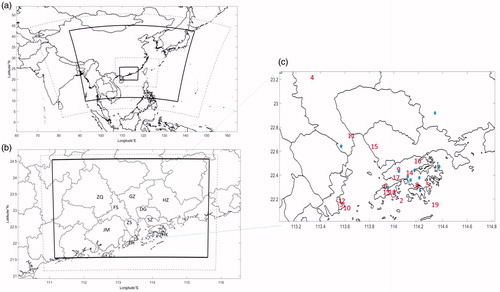
Fig. 2. (A–B): Simulated geographic distribution of accumulated precipitation mapping (by WRF) in the PRD region during September 3–13, 2010 (A). The numbers on the x-axis in subfigure B represent different precipitation observation stations. The geological locations of these stations can be found in Fig. , marked by red numbers.
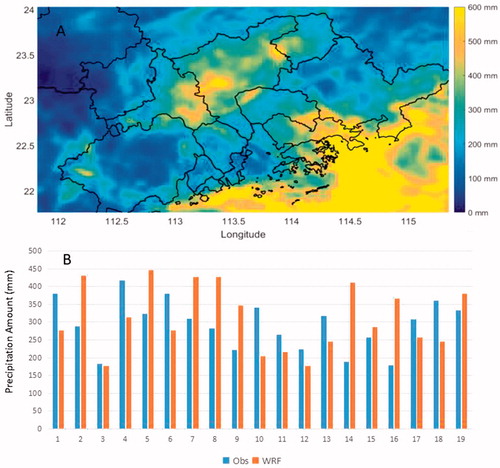
Table 2. Model statistical metrics using different BCW schemes.
Fig. 3. Time series of PM2.5 simulation using different BCW schemes at Tung Chung (a), Tai Po (b), Tsuen Wan (c), and Wanqingsha (d) stations.
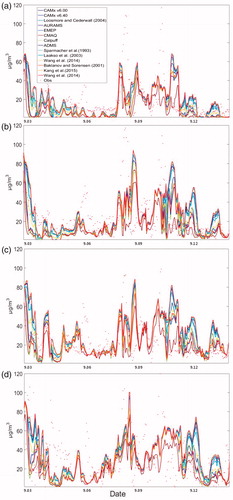
Fig. 4. Spatial difference (compared to CAMx v6.40) of PM2.5 simulation by using different BCW schemes (Unit: %). Letter labels on the panels refer to the simulations described in Table .
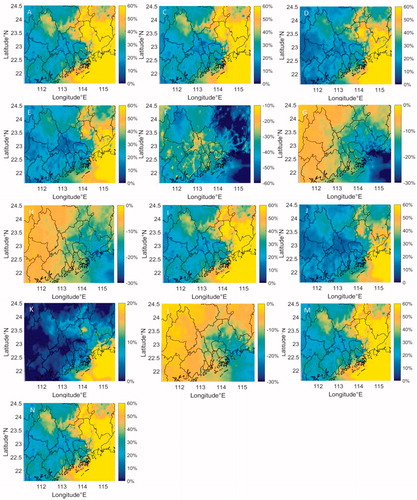
Table 3. PM2.5 average simulated concentration (μg m−3) by different BCW schemes for each city during the study period.
Fig. 5. Time series of PM2.5 simulation using different raindrop size distribution parameterizations at Tung Chung (a), Tai Po (b), Tsuen Wan (c) and Wanqingsha (d) stations.
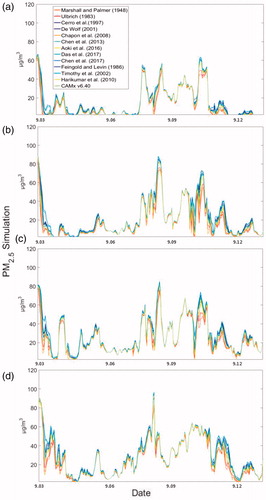
Fig. 6. Spatial difference (compared to CAMx v6.40) of PM2.5 simulation by using different raindrop size distribution parameterizations (Unit: %). Letter labels on the panels refer to the simulations described in Table .
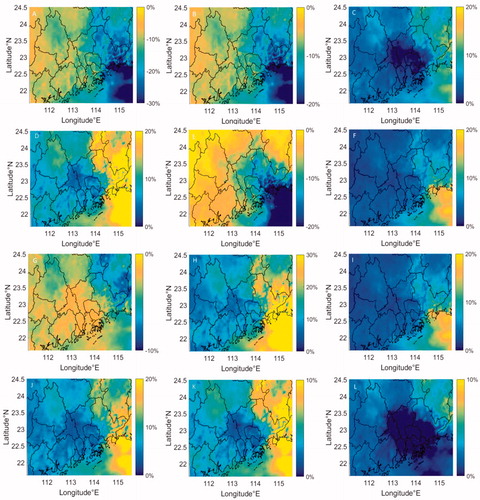
Table 4. Source contribution (in %) to the sum of three PM2.5 components (![]() ,
, ![]() and
and ![]() ).
).
Table 5. The BCW coefficients calculated by field observation data at the HKUST super-site.Table Footnote*
